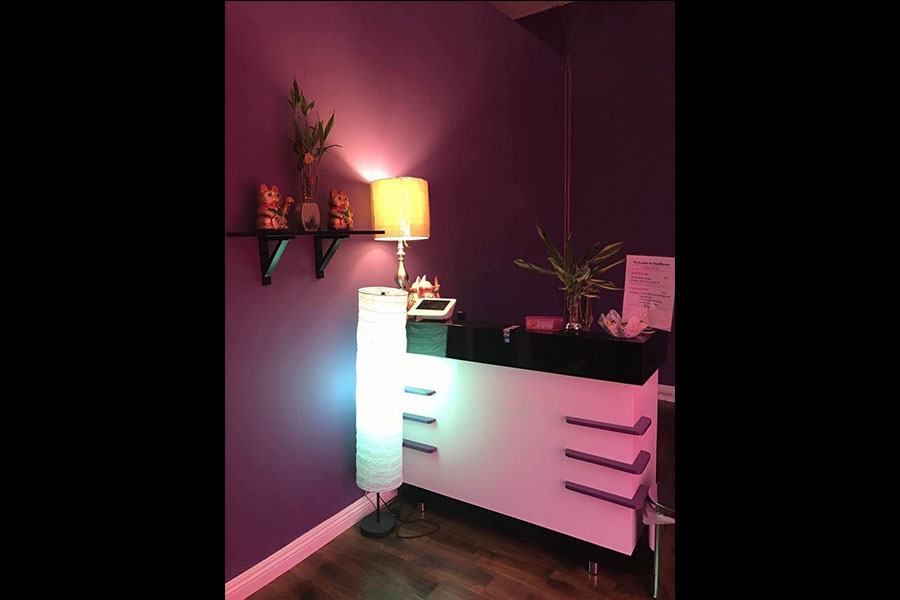When to Schedule a Massage


While you might not immediately notice the benefits of massages, you should expect to feel calm and relaxed after a massage. Some massages can cause you to feel exhausted or achy. Certain massages can cause you to feel more energetic. Whatever the reason there are numerous benefits to receiving a therapeutic massage. Here are some of the most sought-after. Find out how they can assist you and when it's time to book an appointment for a massage. You'll be grateful that you did.
The practice of tui na in China, which literally means "push and grasp" is in existence for at least 2,000 year. The term tuina, a Chinese pediatric treatment was first used to describe the condition in Chinese literature during Ming dynasty. It was developed before Anmo, which literally means "pressing," and is considered to be the first massage therapy in China. Although tui-na has numerous benefits, it is not recommended for all conditions.
A gentle Yin style Tui Na massage is safe for women who are pregnant and can help with the side effects of chemotherapy. Patients with osteoporosis may benefit from a gentle, relaxing massage. Although the use of external media is not generally advised, the use of a Tui na cloth or a garment under the bed sheet is safe for patients with osteoporosis. Practitioners should seek medical advice before doing any massage. If they are uncertain they should consult an assistant or the patient's doctor.
Many massage styles are safe for pregnant women. However, it's recommended to avoid using them on a pregnant lady. In addition it is not recommended to apply an abdominal or back massage during pregnancy. Acupressure is the same. Massage can benefit your health, but it is not the cure. Before you agree to have a massage, talk to your doctor. Before you begin your session, you must discuss with your doctor the conditions you are trying to treat.
For women who are pregnant and expecting, a gentle Yin massage is recommended. It can help to ease the patient's stress and reduce the effects of chemotherapy. A gentle Yin style is beneficial for women suffering from sciatica. This is a typical problem that occurs in the third trimester. A Yin massage can assist her with sciatica. Its softness helps ease tension in the body, which aids the baby and mother.
Traditionally, tuina massages are performed on clothed clients. Have a peek here The practitioner will insist that the client wear loose clothes in order to allow them to move their joints comfortably. The oil is applied only on the neck, hands, and feet. Tuina massage is a great option to treat stiff necks, sore backs, sciatica, shoulder distension, and distension of shoulders. To promote overall health and balance, the therapist will use oils in various areas.
During pregnancy, tui na massage is a traditional Chinese massage technique that originated in the early years of China. It is the oldest bodywork method in the world. It is believed to be one of the four branches of traditional Chinese medicine, and is the oldest type of bodywork. It is based on the concept that an imbalanced flow of qi may result in symptoms, like headaches, as well as the practice of acupressure. The tui na massage works to stimulate the flow of Qi, which results in a sense of harmony and balance.
The tui-na massage is based upon Chinese medicine. It is distinct from western massage, and operates on a more energetic level. The energy flow can be manipulated and sensed by the therapist's hands. It can be combined with other TCM treatments like acupuncture or Chinese herbal remedies. It can also be used in conjunction with the use of acupressure. This type of tui-na is based on the principles of TCM, but is distinct from Western-style in the way it operates.
Another variant of tui na is called Tui Na. It is a Chinese massage technique that applies pressure to specific parts of the body. It has been used in China for over five thousand years and is built on yin and Yang balance within the body. The term is pronounced "twee-na'. The tui-na technique, which has been utilized in Traditional Chinese medicine for over 500 years, has been around since.
